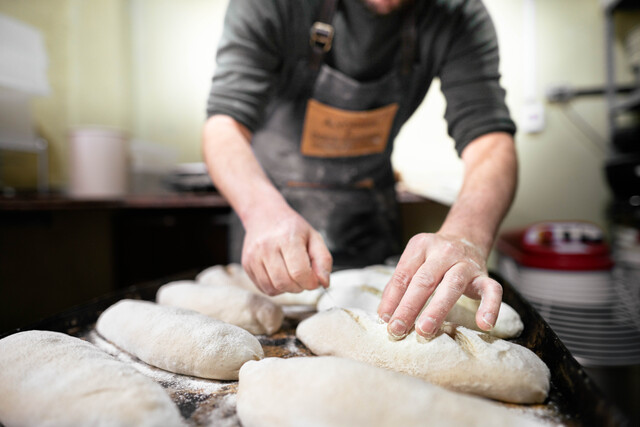Beyond the Crust: The Heart and Soul of Bread Baking
Beyond the Crust: The Heart and Soul of Bread Baking
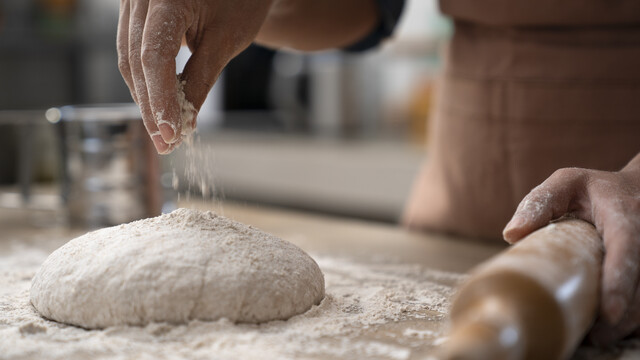
5 Hours average completion time
0.5 CEUs
12 Lessons
12 Exams & Assignments
181 Discussions
12 Videos
13 Reference Files
139 Articles
Mobile Friendly
Last Updated December 2025
The Ultimate Bread Baking Course
Bread, the age-old staple, has echoed through the annals of history as the symbol of sustenance, comfort, and the magic of hearth and home. The art of bread baking, with its rich aromas and transformative powers, has often been wrapped in a shroud of mystery and reverence. But what if the secrets to unlocking this ancient craft were at your fingertips?
Enter our comprehensive course on bread baking, a journey crafted to demystify the age-old tradition, empowering you to master this art from the very comforts of your kitchen. No longer will the idea of baking bread seem an insurmountable mountain; instead, with our step-by-step guidance, it becomes a delightful dance of flour, water, and yeast.
Our course doesn't just offer lessons; it presents an experience. Beginning with the foundation, you'll discover the quintessential utensils and tools that every baker should possess. Delve into the treasury of ingredients, understanding the role of each element, from the humble salt to the effervescent yeast, and the ideal way to stock your pantry for spontaneous bread-making sessions.
Embark on a global gastronomic adventure as you explore a plethora of breads:
- Traditional Breads: Revisit time-honored classics that have graced tables for generations.
- White & Whole Wheat Breads: Understand the nuances between these two staples and their unique textures and flavors.
- Sourdoughs & Rye Breads: Dive deep into the tangy allure of fermentation and the rustic charm of rye.
- Sweet Breads & Quick Breads: Relish the marriage of sweetness with bread and the instant gratification of breads that don't require yeast.
- Unleavened & Gluten-free Breads: Cater to diverse dietary preferences without compromising on taste.
- Grain-free Breads: Explore a world beyond traditional grains, embracing alternative flours.
- And for those times when a loaf has slightly passed its prime? Discover ingenious ways to give stale bread a second, delectable life.
But the course offers more than recipes. It's a tapestry of stories, history, science, and passion intertwined with techniques. You'll gain insights into the chemistry of baking, the science of fermentation, and the intricate ballet of ingredients coming together.
By the end of this immersive course, not only will you be endowed with the skills to produce a symphony of loaves, but you'll also carry forward a legacy. You will become a torchbearer of traditions, capable of enchanting gatherings with the wafting aromas of freshly baked bread and inspiring the next line of passionate bakers.
Embark on this odyssey with us, kneading, shaping, and baking, as we transform you from an eager enthusiast to a masterful bread artisan, creating magic with your hands and heart. Bread baking isn't just a skill; it's a journey, a story, and a legacy. Are you ready to craft yours?
- Mastering fermentation techniques
- Understanding ingredient roles
- Bread baking fundamentals
- Innovating with gluten-free diets
- Exploring cultural bread traditions
- Enhancing taste with perfect techniques
- Balancing flavors and textures
- Crafting diverse bread types
- Embracing culinary creativity
- Repurposing stale bread efficiently
- Cultivating sustainable baking practices
-

Beyond the Crust: The Heart and Soul of Bread Baking
-

Landscaping 101
-

Floral Arrangement 101
-
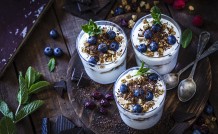
Nutrition 101
-

Housekeeping 101
-
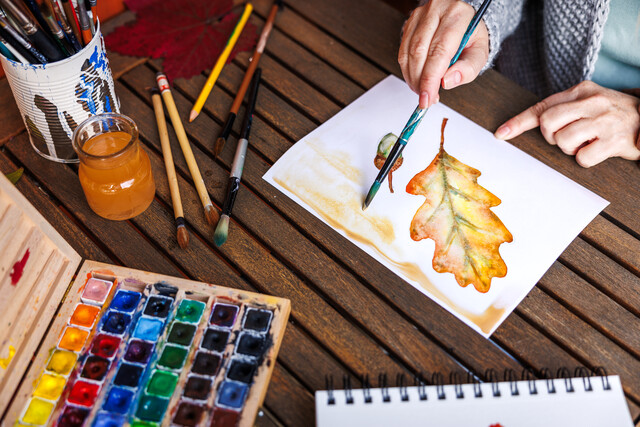
Watercolor Painting
-
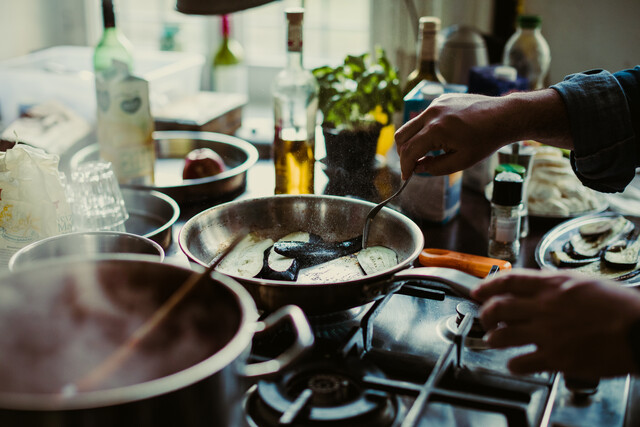
Cooking and Baking 101
-

How to Run a Dog Day Care
-
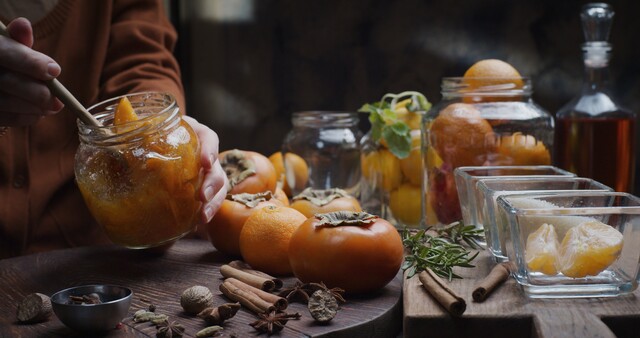
How to Can, Freeze, Dry and Preserve Food
-

Event Management Course Bundle
-

Etiquette 101
-

Bartending and Mixology 101
-

Mixed Media Art
-

Etiquette for Children and Teens
-
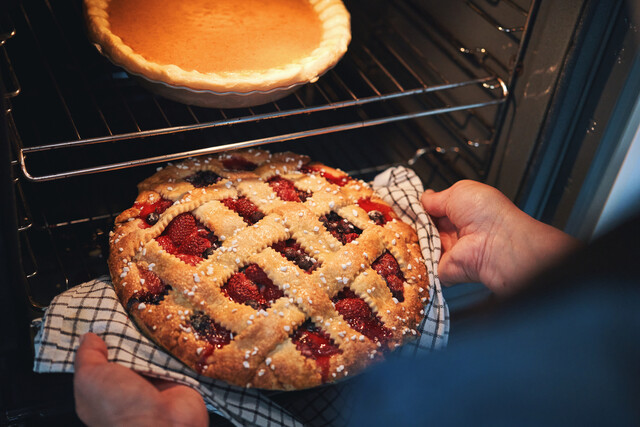
Pie Baking 101
-

Anti Aging Techniques
-
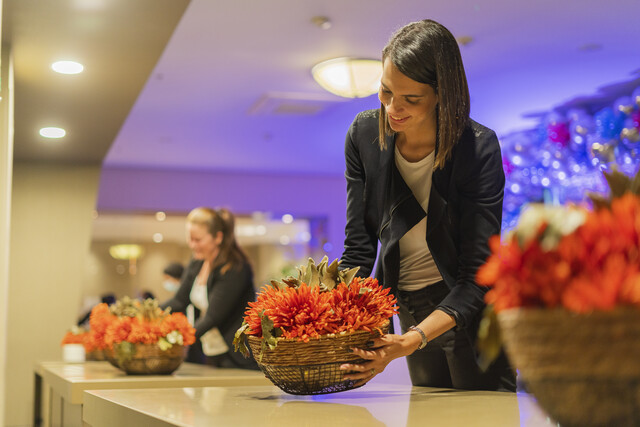
Event Planning 101
-

Party Planning 101
-
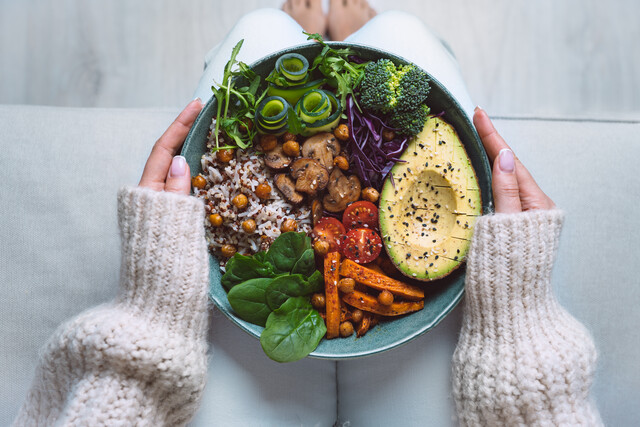
Vegetarian Living: Discover the World Beyond Meat
-

Wedding Planning 101
-

Life on Your Terms: Awaken Your Inner Coach
-

Life Coaching 101
-

Image Consultant
-

Restaurant Management Mastery
-
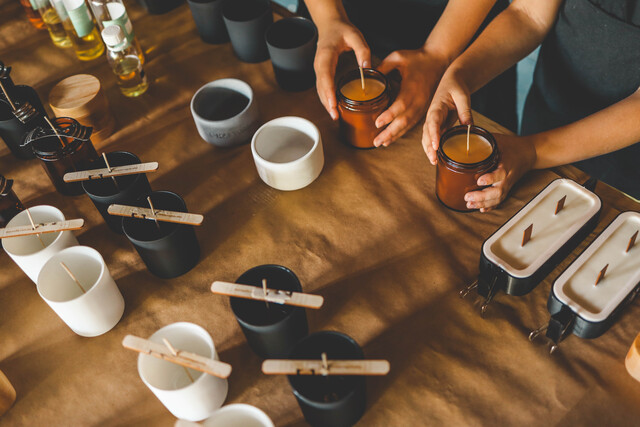
Candle Making
